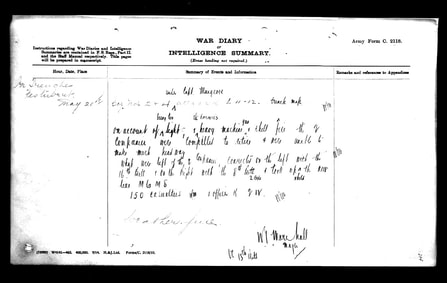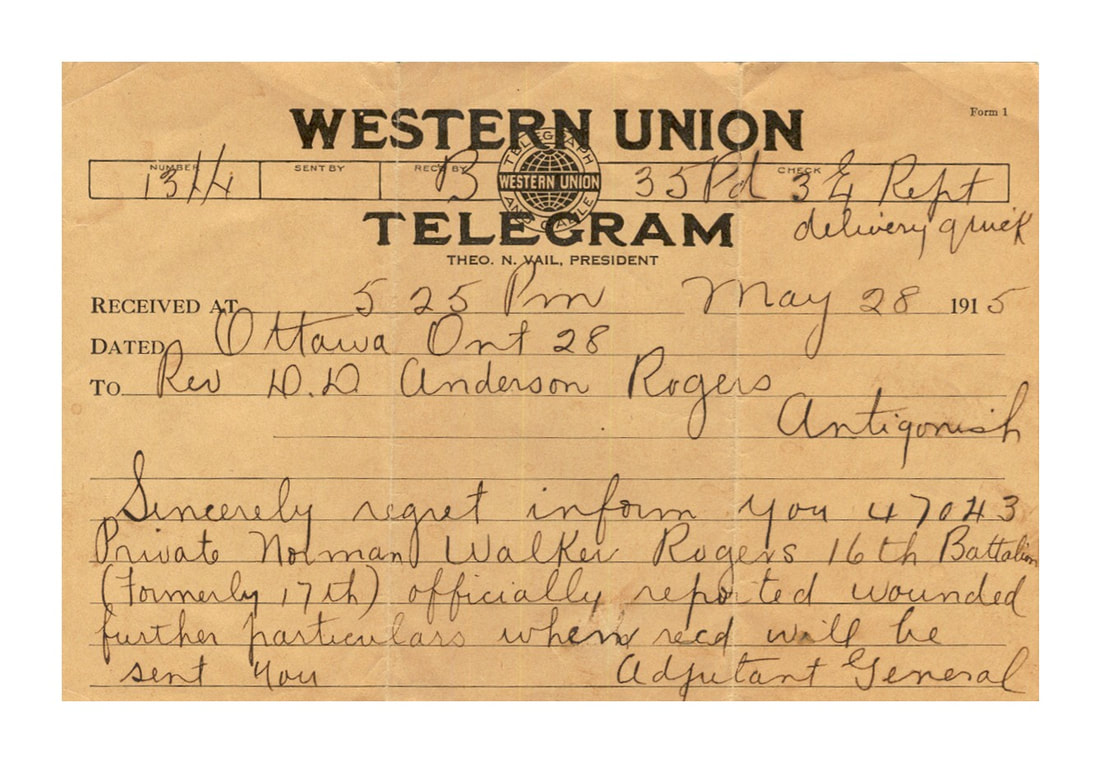World War 1 Online Exhibit
This exhibit features some photos and items from our collections, expanding on our November 1918 exhibit commemorating the end of World War 1. When possible, visit Jenks Library to view our full collection of WW1 photographs.
Before the War
Class photos from Acton schools show some of the many students who served in the military in WW1. Marked in red are individuals whose service we know of; others may have served from elsewhere or in another capacity. Additions and corrections would be welcomed. We do not have pictures of all of Acton's WW1 veterans - If you can help, please contact us!
Early Days
Before the United States officially entered the war, Acton already had ties to the war effort. One of those ties was Sidney John Edwards (1878-1915).
Sidney Edwards was born in England and lived with relatives in Acton before moving to Winchester. He attended Burdett Business College and then worked as a clerk for Boston’s A. C. Lawrence Leather Company. Around 1908, Sidney moved to British Columbia to work as a clerk for a gold mining company. Soon after Britain became involved in World War I, he enlisted. On Feb. 23, 1915, he sailed with his unit from Halifax to England. Sidney was transferred to the 15th Battalion.
The Society has no pictures or possessions of Sidney Edwards. However, a Historical Society member’s relative Norman Rogers (1895-1959) was in the Canadian unit that fought with Sidney’s. Some of his pictures are featured here in memory of Sidney and others who enlisted in Canada before the United States entered the war.
Sidney Edwards was born in England and lived with relatives in Acton before moving to Winchester. He attended Burdett Business College and then worked as a clerk for Boston’s A. C. Lawrence Leather Company. Around 1908, Sidney moved to British Columbia to work as a clerk for a gold mining company. Soon after Britain became involved in World War I, he enlisted. On Feb. 23, 1915, he sailed with his unit from Halifax to England. Sidney was transferred to the 15th Battalion.
The Society has no pictures or possessions of Sidney Edwards. However, a Historical Society member’s relative Norman Rogers (1895-1959) was in the Canadian unit that fought with Sidney’s. Some of his pictures are featured here in memory of Sidney and others who enlisted in Canada before the United States entered the war.
|
Norman Rogers joined the Pictou (Nova Scotia) Highlanders and was among the first Canadians to go to war. Like Sidney Edwards, he was transferred out of his local unit. He was reassigned to the 16th Battalion and was present at Second Ypres in April 1915 where Canadian troops were exposed to a gas attack. His hearing was seriously damaged by a shell explosion near him in St. Julien, though he received no medical attention at the time.
Festubert, May 15-25, 1915
Norman Rogers' battalion was soon joined by Sidney Edwards' for the battle of Festubert. The Canadians suffered many casualties. Sidney Edwards was killed. Norman Rogers was wounded by shrapnel; his father received a much-dreaded telegram, shown below. After finally getting medical attention, Norman Rogers developed septic poisoning. He spent many months in and out of hospitals, recovering enough to join the British Royal Flying Corps. He survived the war. |
Norman Rogers later made scrapbooks of pictures from his World War 1 experiences. Below are some of the photographs.
Exhibit Continues --



